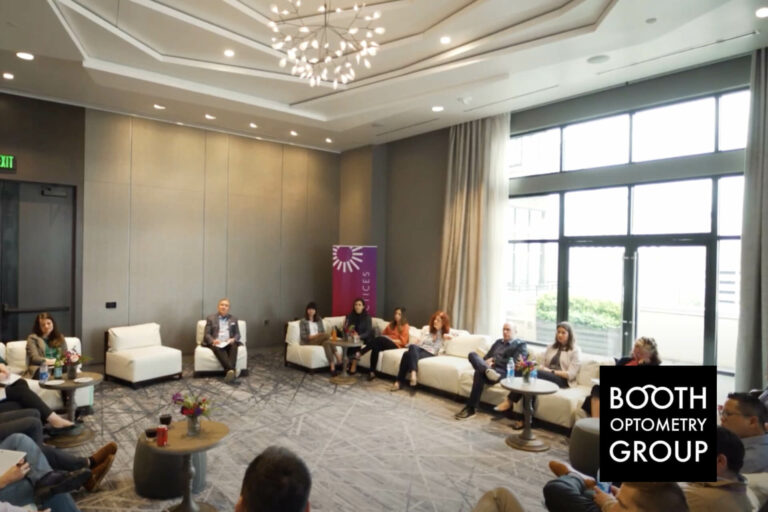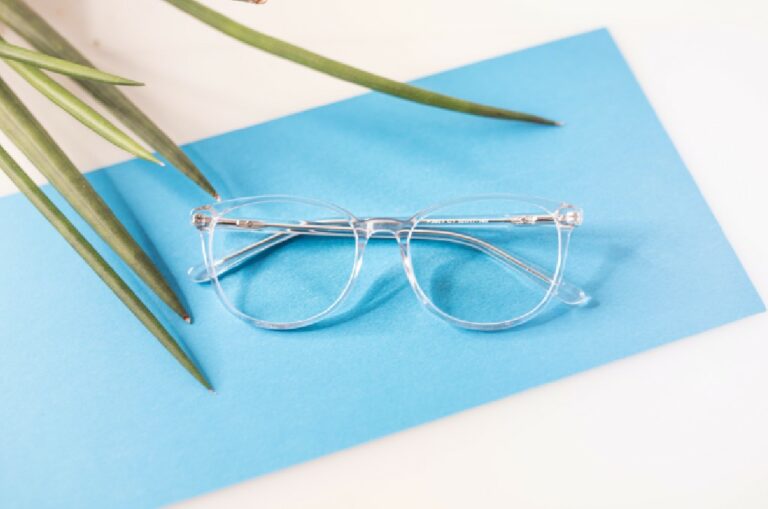Understanding Myopia
Myopia, also known as nearsightedness, is a common vision condition where objects up close appear clear, but distant objects appear blurry. It usually develops during childhood and can progress over time. Various factors contribute to myopia, including genetics and environmental factors like excessive near work and limited outdoor activities. Myopia is a global concern, affecting millions of people worldwide.
Lifestyle Modifications for Myopia Management
To manage myopia, making some lifestyle changes can be helpful. Spending more time outdoors, especially engaging in activities like sports and play, has been shown to have a protective effect against myopia. Limiting screen time and taking breaks from near work activities, like reading or using electronic devices, can reduce eye strain. Creating a well-lit environment and maintaining proper reading habits, such as holding materials at a comfortable distance, can also help. Eating a balanced diet rich in nutrients like vitamin A and omega-3 fatty acids supports good eye health. Regular eye exams are crucial for early detection and intervention.
Optical Interventions for Myopia Management
Optical interventions, such as eyeglasses and contact lenses, can help manage myopia. Single vision lenses correct nearsightedness, while specialized lenses, like those with peripheral defocus, may slow down myopia progression. Contact lenses offer options like multifocal lenses, which provide clear vision at different distances, and orthokeratology (ortho-k), which temporarily reshapes the cornea overnight for reduced myopia. Atropine eye drops, prescribed in low doses, can slow down myopia progression. Each intervention has its benefits and considerations, and the best choice depends on individual needs.
Advanced Treatment Options for Myopia Management
In addition to optical interventions, there are advanced treatment options for myopia management. Low-dose atropine therapy, a medication applied as eye drops, helps control myopia progression by relaxing the focusing mechanism of the eye. Orthokeratology, also known as ortho-k, involves wearing special contact lenses overnight to reshape the cornea temporarily. Multifocal contact lenses offer clear vision at different distances while managing myopia. Ongoing research explores new interventions and innovative technologies to improve myopia management. A collaborative approach between optometrists, ophthalmologists, and parents is crucial to determine the most suitable treatment plan.
Addressing Myopia in Children
Managing myopia in children requires special attention. Pediatric myopia management takes into account the unique considerations of growing eyes. Discussing myopia risks and management strategies with parents helps them understand the importance of proactive intervention. Parental involvement and support play a significant role in successfully controlling myopia in children. Encouraging healthy visual habits, such as taking regular breaks from screens and engaging in outdoor activities, promotes good eye health and can help manage myopia effectively.
Advancements in myopia research offer hope for the future. Ongoing studies aim to uncover the underlying causes of myopia and develop new treatments. Continued education and awareness about myopia management are vital to address the increasing prevalence of myopia. Collaboration among eye care professionals, researchers, and public health organizations fosters progress in managing myopia. Empowering individuals to take proactive steps, like regular eye exams and implementing lifestyle changes, contributes to better myopia control outcomes. By staying informed and working together, we can make significant strides in managing myopia and preserving long-term eye health.




